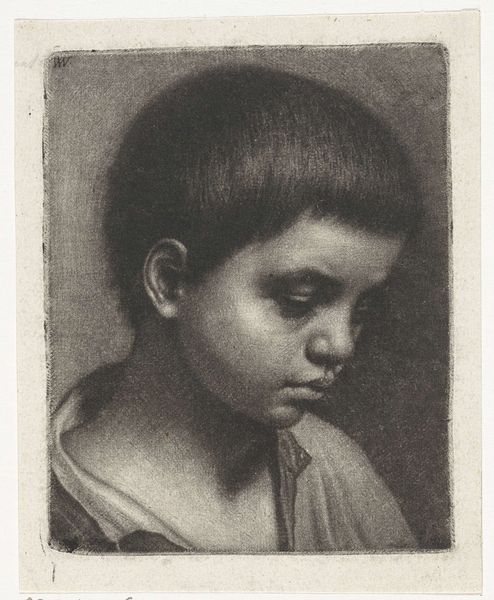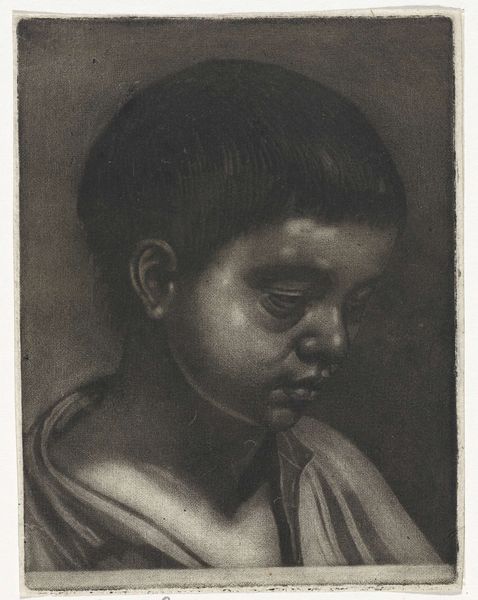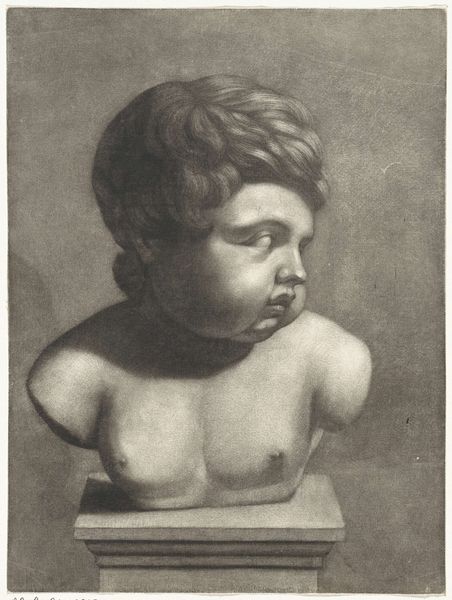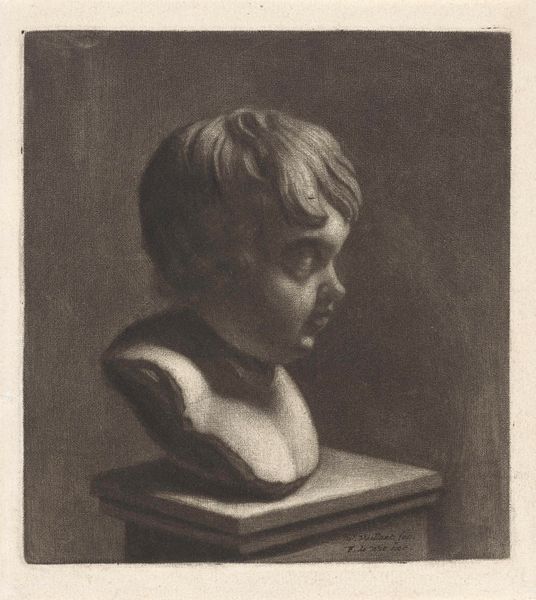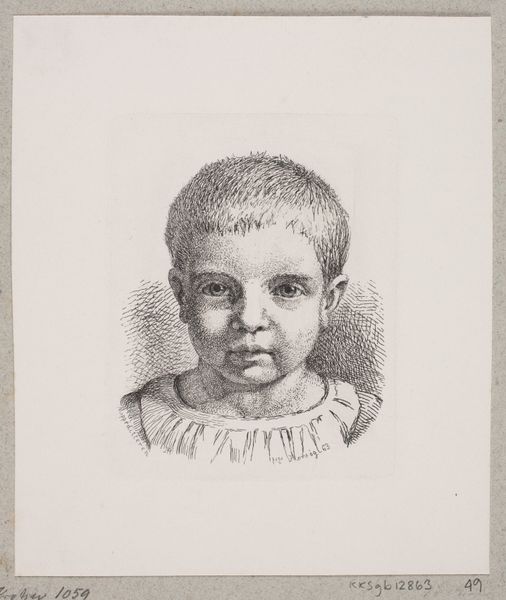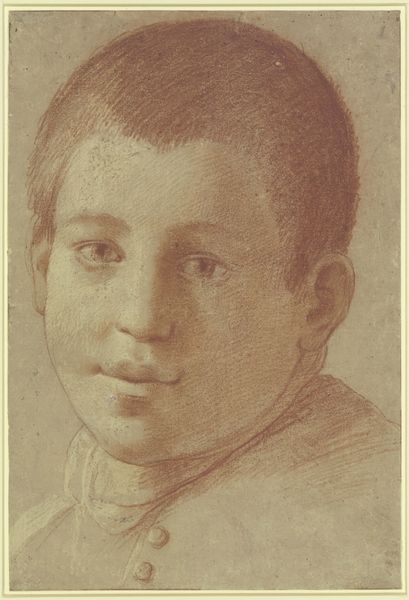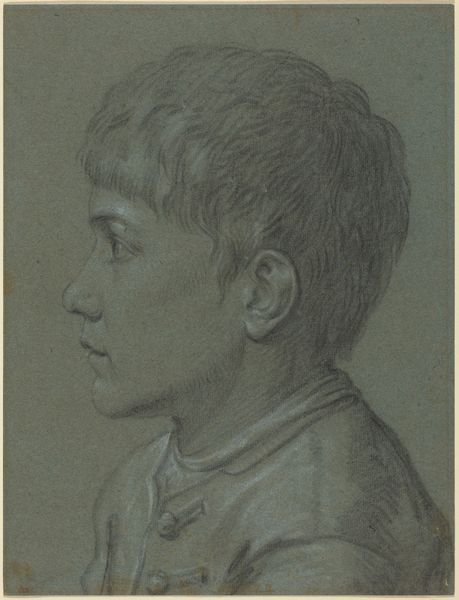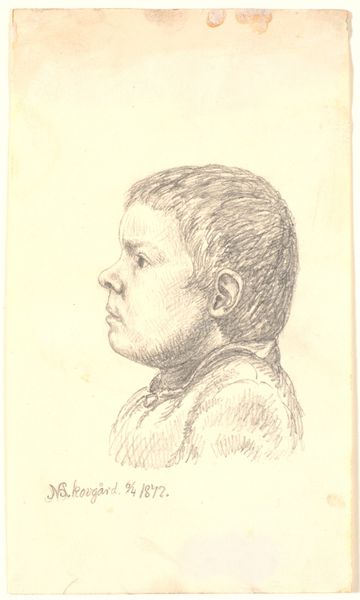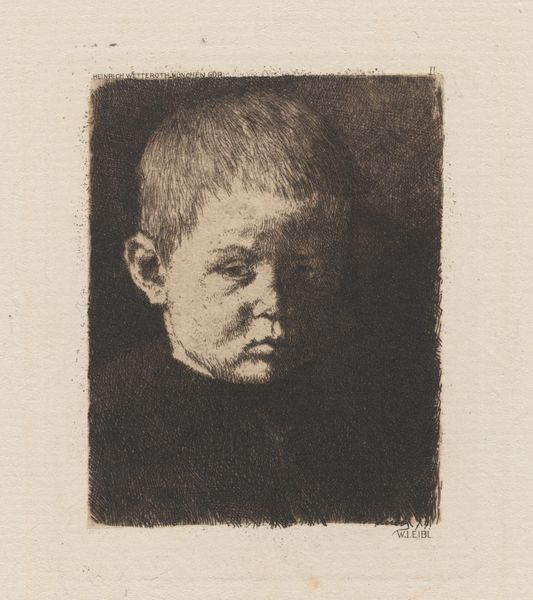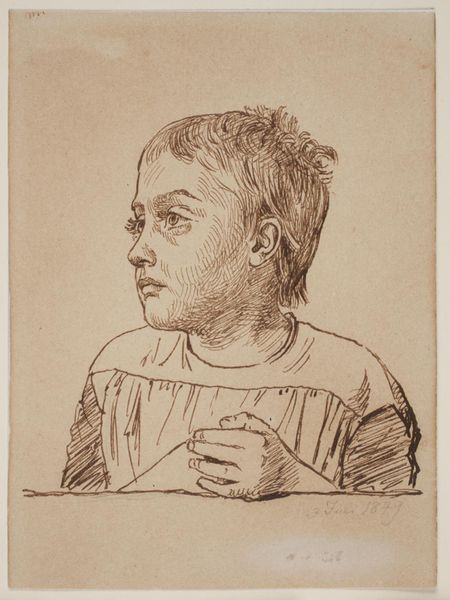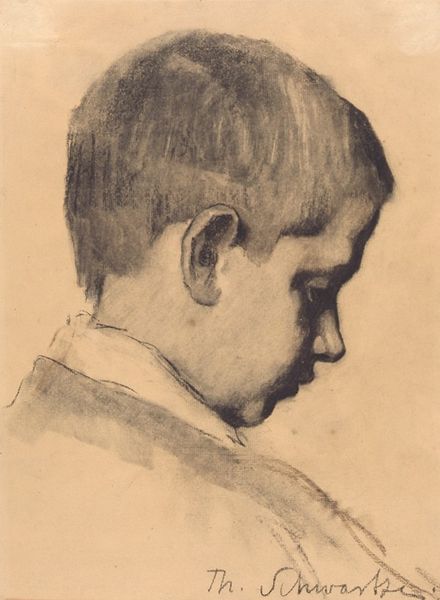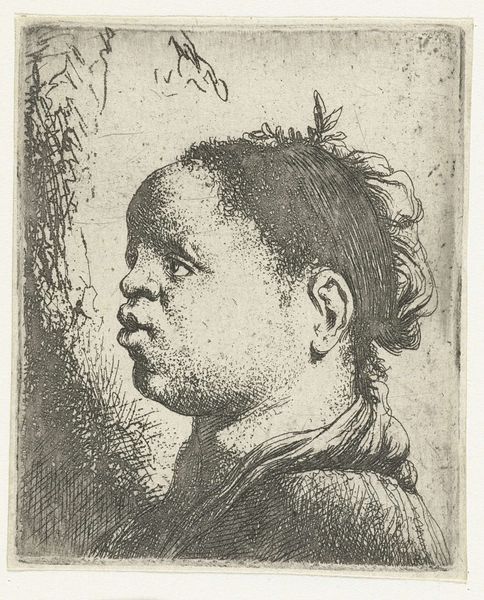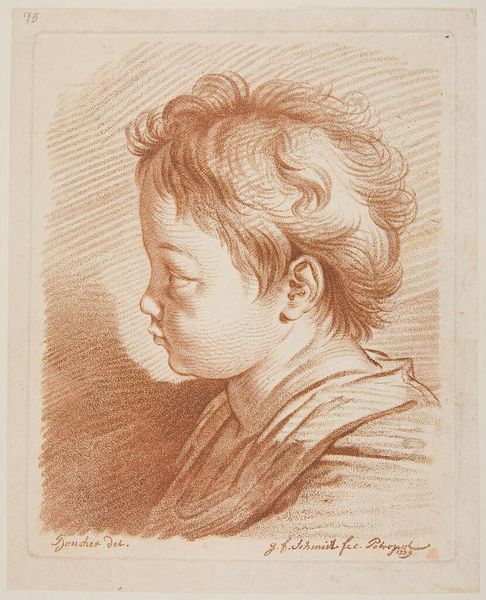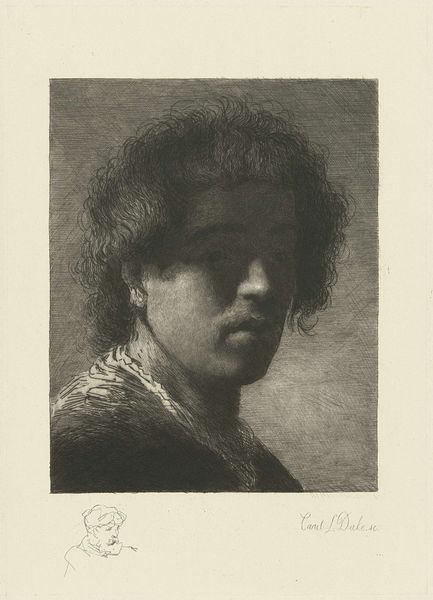
drawing, etching, paper
#
portrait
#
drawing
#
facial expression drawing
#
baroque
#
portrait image
#
etching
#
charcoal drawing
#
figuration
#
paper
#
portrait reference
#
pencil drawing
#
line
#
animal drawing portrait
#
portrait drawing
#
facial portrait
#
portrait art
#
fine art portrait
Dimensions: height 133 mm, width 95 mm
Copyright: Rijks Museum: Open Domain
Editor: This is "Head of a Boy, facing Left," created between 1658 and 1677 by Wallerant Vaillant. It’s an etching on paper, and the detail achieved is amazing. I'm curious – what can you tell me about this work when we consider the materials used? Curator: Well, first we need to look at how Vaillant employed etching. Notice the fineness of the lines, their density creating tone, their dispersal creating light. Etching allowed for a certain kind of reproducibility – how do you think that affects the image, knowing this wasn’t a unique painting? Editor: That's interesting, since it was more reproducible it meant potentially wider dissemination. Would it be for artistic study or commercial exchange? How would this function differently to painting as an elite form? Curator: Exactly! And paper is itself an interesting material. It's relatively cheap and portable, isn't it? That speaks to a specific kind of accessibility. But look closer. Consider what it would take to produce etching at that time, the craftspeople who prepare plates, who produce paper. Vaillant depends on an entire economy, does he not? Editor: That gives the artwork another dimension. I think I was too focused on the artistic talent itself rather than the means of production that made it happen. Thanks, this has given me a new perspective to think about! Curator: Indeed! And what is craft versus 'art' anyway? Think about who gets remembered and how! It makes you wonder, doesn't it, who helped produce that paper and who they were producing it *for*?
Comments
No comments
Be the first to comment and join the conversation on the ultimate creative platform.
